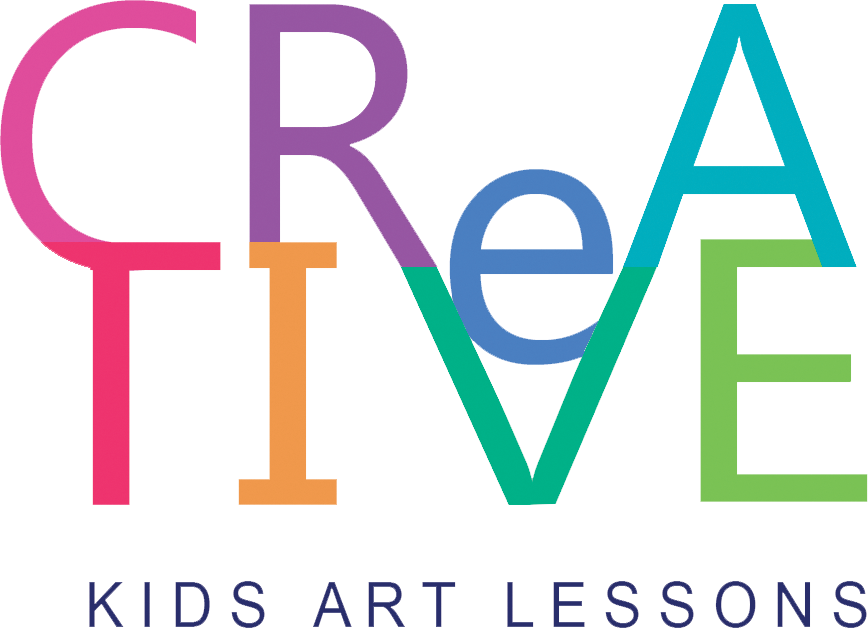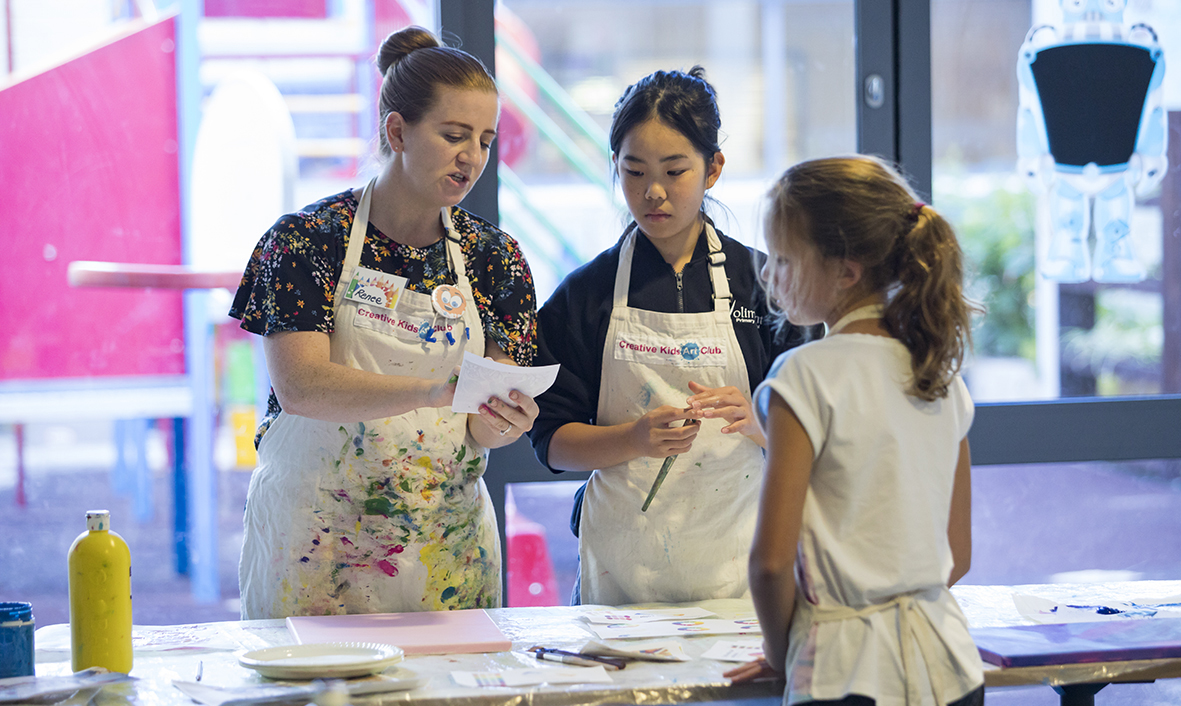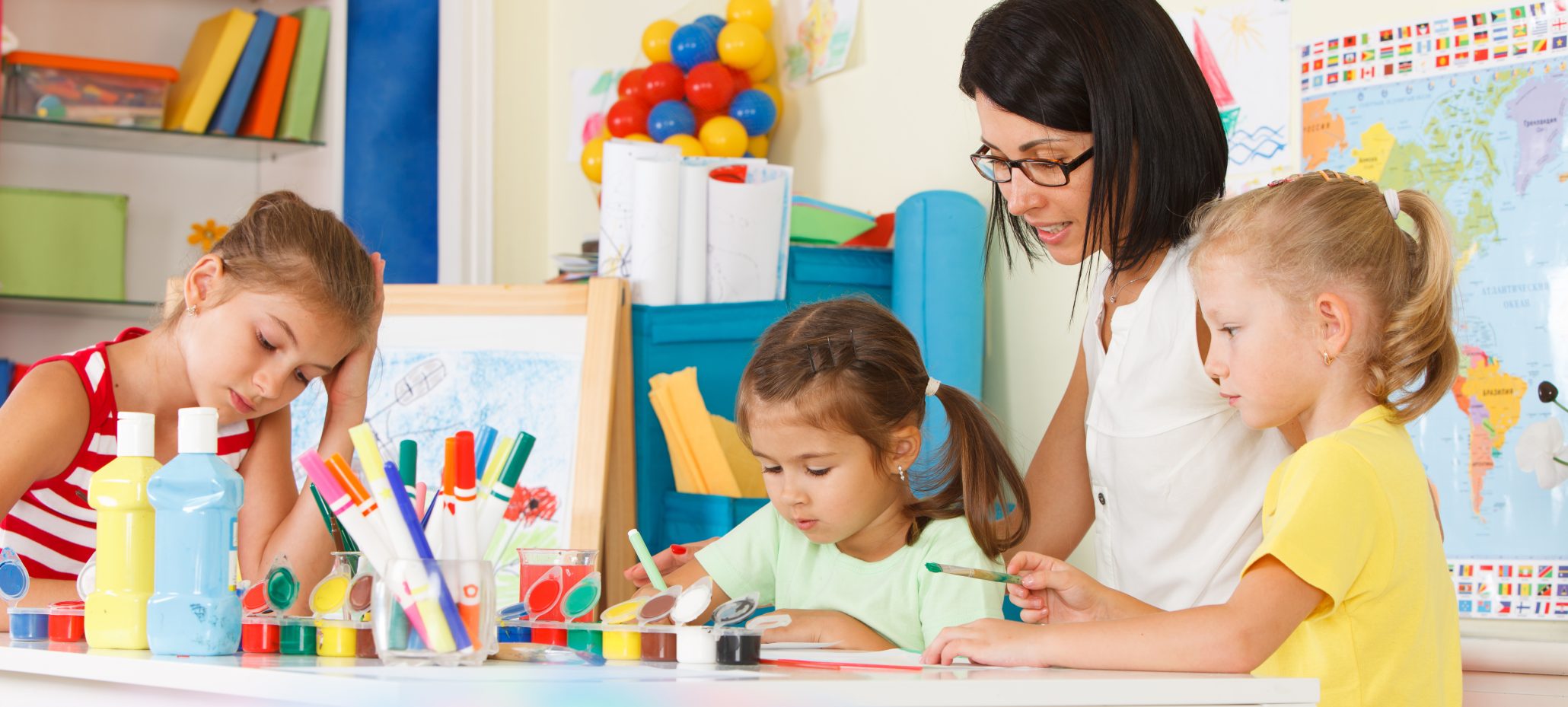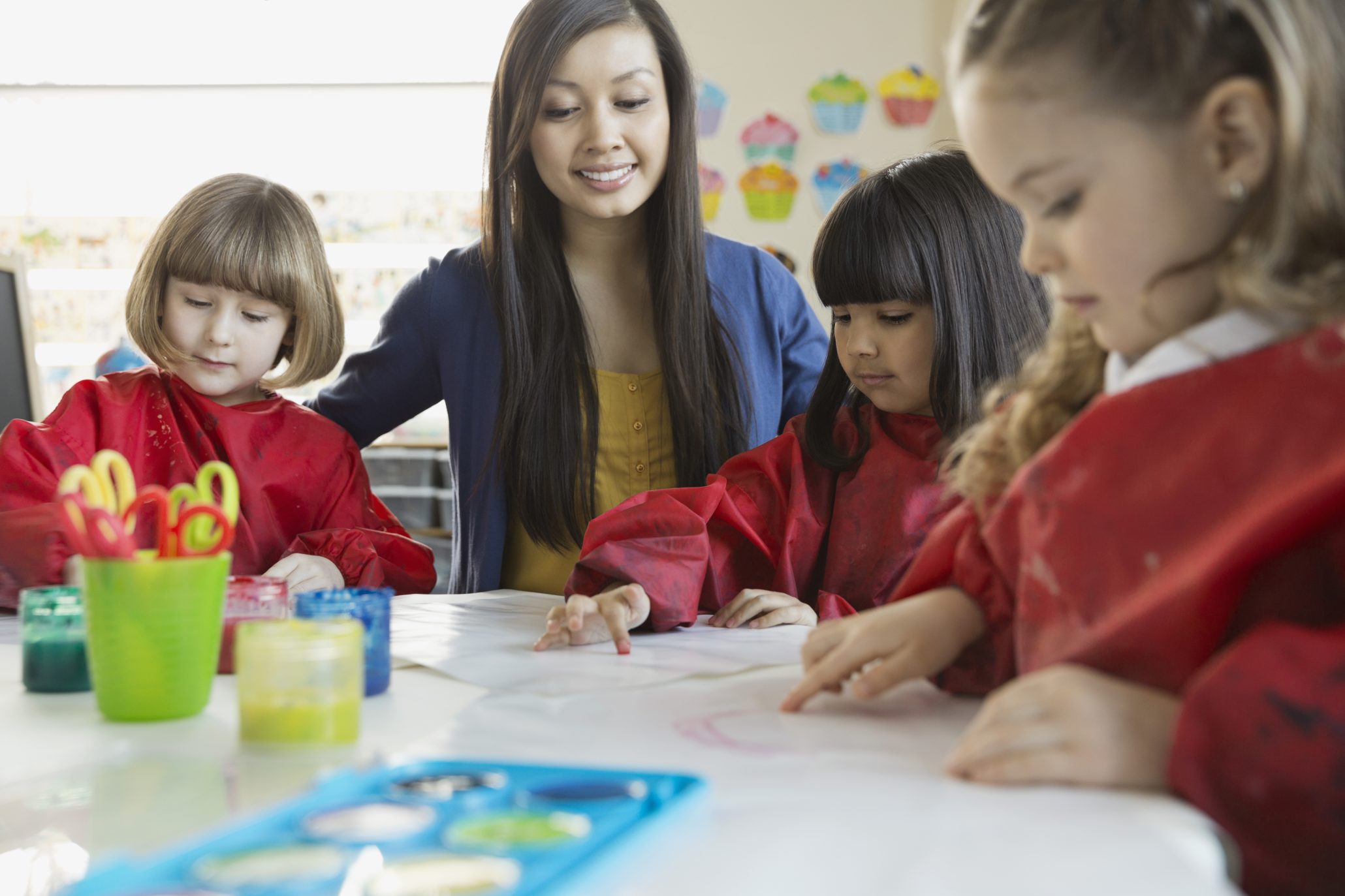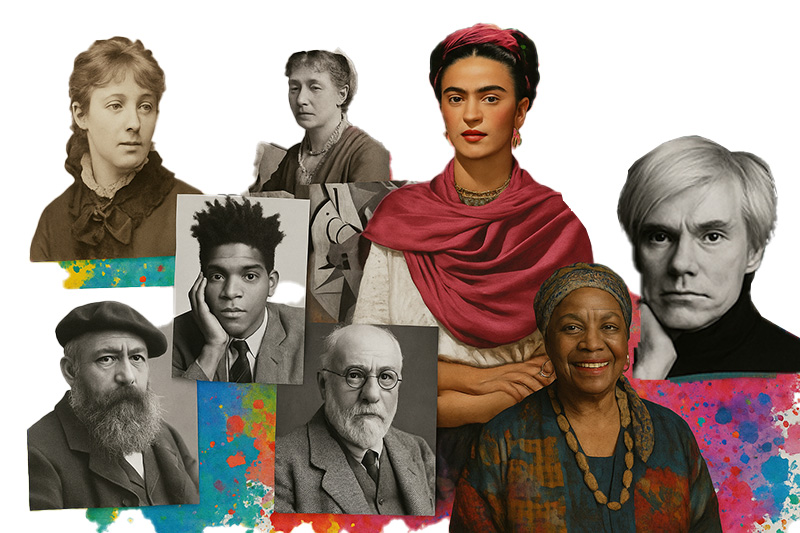When it comes to stocking a primary art room with painting supplies, it’s important to have a variety of options to encourage creativity and experimentation. Here are some painting supplies we us regularly:
Paint
Choose a non-toxic paint in a range of colours, such as tempera, acrylic, and watercolour paints. Acrylic Paints: Acrylic paints can be used on cartridge or sulphite paper, canvas boards, stretched canvases or on wooden boards for inside display. We use Global colours; they are a thick good quality student paint that takes two coats for an opaque layer. They come in one litre bottles which students from grade 3 and up can easily use themselves.They have a small nozzle which limits the amount of paint kids can get out easily and they rarely get blocked. If they do get blocked, they are easy to clear by pulling out the dried paint. If purchasing paint for the first time, please note that you will need two to three times as much white compared to any other colour. You will not need much black, a little goes a long way!
Our most popular Global student acrylic paint colours are shown below. They include; warm red, warm yellow, cool yellow, light green, turquoise, cool blue, cobalt hue, white, fawn, gold, burnt sienna, purple, magenta and black.

Additional colours: The fawn paint is good for animals and the burnt sienna makes a great range of skin tones with varying amounts of white and black added. We also buy some light green and purple for use with younger classes and Cobalt Hue is a good dark blue which we use occasionally. We also have some gold paint for Christmas art projects or a bit of bling where needed!Oil paints are not suitable for primary students as there are toxic and carcinogenic components in them.Tempera block paints: we use the sets of colours that are available in cool, earth or warm colour sets. They also come in a fluoro set (not shown). The tempera paint discs are replaceable, and the plastic trays are sturdy and easy to stack, they need to be left to dry first before stacking. The colours are vibrant, and they work well on cartridge or sulphite paper. We purchase ours from Zart or Educational Art Supplies in Perth, Australia.

Edicol Dye
Edicol Dye is a non-toxic powdered food colouring dye. A little goes a long way. It is ideal for colouring paper and craft material such as wood or wool,. It is available in a powdered and you can make up the dye in a variety of colours and strengths. We use the water containers to mix the dye in. You always need to check the colour on scrap paper before using and note that it dries lighter. We use EC Colours from Educational Art Supplies. It does stain fingers and takes about 3 days to wear off!
Watercolour paints are an expensive purchase. We use the stackable, round palettes of colours that were around AUD$13 for a set of 24 colours. Kids can share the sets between 2 to 3 depending on the project. There are better watercolour pan sets availalbe but they are more expensive. The Koh-I-Noor are very vibrant colours available in round disc sets or a rectangular set with 24 colours at around double the price for AUD$24. Zart also has a great set of Primecolours in an 18 colour pan tin for AUD$45, the colours are amazing though! Kids need to be taught how to use the colour disc sets so they last and stay clean. Use small brushes and press gently to activiate the watercolour before painitng.
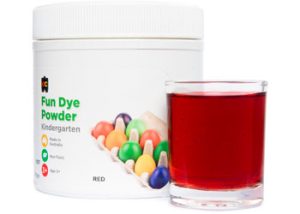
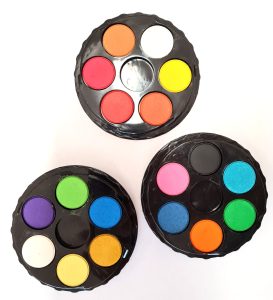
Edicol Dye and Watercolour Painting Disc Sets
Paint Brushes
Have a variety of paint brushes in different sizes and shapes, including flat and round brushes. We use taklon brushes for acrylic paint, tempera and watercolour painting projects. They are versatile and can be used for all these types of projects. We have three sizes of flat brushes and two sizes of round brushes. We purchase ours from Mont Marte or Oxlades.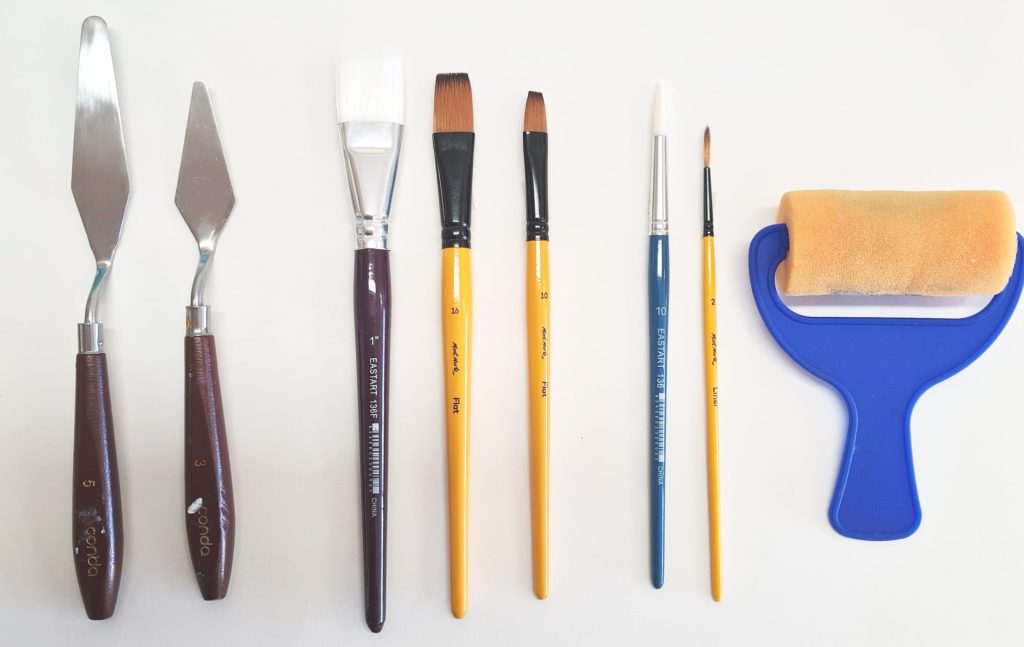
Palette knives, Flat brushes (1″ no. 16, no. 10), Round brushes (no. 10 no. 2) and foam roller
Foam rollers
Foam rollers are often used for printmaking, but we also use them for painting the backgrounds for an artwork on paper or canvas. When the paint is rolled it dries quickly, in around 10mins (depending on the weather) so it provides a quick way of painting a simple background. We use print trays for the paint and roll two coats of acrylic paint onto the paper for opaque coverage. Applying the paint this way creates a smooth background with little texture and ensures that there is not a lot of paint used as can happen when kids are applying paint with a brush.
Palettes
A palette is necessary for mixing and blending paint. We have tried many different things for palettes and now use melamine plates. They are durable, easy to clean and small to pack away. They also are available in white which makes it easy to see the colours when mixing paint. You can use a traditional palette or a disposable palette pad. We purchased our melamine plates from Amazon.
Paper
Different types of paper are suitable for different types of paint, including watercolour paper, cartridge paper (sulphite paper) drawing paper, and construction paper. For most projects we use thick cartridge paper. It is available in different weights and in different whites. We purchase ours from Oxlades in bulk, 500 packs in A3 or A4 sizes.
Canvases
We purchase canvases from Mont Marte. They have a good discount on bulk purchases if you have an account. The Discovery series is a a great price designed for paint and sip classes. We tend to use 25 x 32cm canvases as our go to size (around A4) or the large discovery series which are around A3 size for special projects. Art Basics also have canvases at reasonable prices for special projects. There is a minimum order of AUD$1000 to purchase from them.
Easel
An easel provides a stable surface for painting and allows students to work at different heights. The desk top easels from Officeworks at around $15 are a good buy.
Smocks and Aprons
We provide smocks for the kinder to year 2 students. They have long sleeves and a velcro tab at the back to protect students’ clothing from paint spills and splatters. We use aprons for the year 2 and older students in two different adjustable neck sizes. We purchase these from eco-shopper in Australia.
Water Containers
Containers for water are necessary for cleaning paintbrushes and for diluting paint. We use ones that are hard to push over, with a wide base almost entirely eliminating spills. They come in several colours, and we purchase these from Educational Art Supplies.
Spray Bottles
Spray bottles filled with water can be used to moisten paint and paper, which can help with blending and other techniques. We buy these at the hardware, Bunnings or the Supermarket, Coles or Woolworths.
Sponges
Sponges are useful for adding texture to paintings and for cleaning up spills. The round sponges from art supply places are great. We also use the flat kitchen sponges for painting which we cut up into a variety of sizes for different projects. We purchase them from Educational Art Supplies.
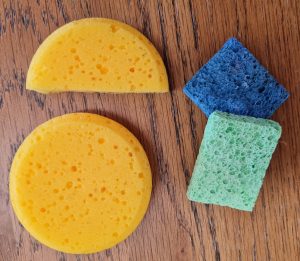
We use round art sponges or kitchen sponges cut into 5cm (1″) squares
Palette Knives
A good range of metal palette knives will last a long time and are good for mixing paint. Using a palette knife saves your brushes just for applying paint which will have them lasting longer. You can also use them for painting to create texture and impasto (thick) applications of paint. We purchased ours from Oxlades.
Stencils
Stencils made from paper, plastic, or cardboard are great for adding pattern to paintings. Plastic stencils are more durable and are available from Spotlight, art suppliers, Kmart and Big W in Australia. Amazon also has a wide range available. If you have a Cricut machine the leftover page from your cut outs, make great stencils too. We purchase stencils online from Amazon, at Kmart or Spotlight.
Splurge Item
Alcohol inks, we use Pinata brand or you can make your own from old markers. Look up YouTube for a video on how to do this.
These supplies will provide a good foundation for a primary art room. You may also consider other supplies such other items to create texture and pattern such as stamps, old toothbrushes, plastic mesh, corks and tools to encourage creativity and experimentation.
Latest Articles
Popular kids art lessons for teachers and ideas for the artroom
Tips for creating with fibre and Textiles in the classroom […]
10 Tips to Support Mental Health and Wellbeing for Art […]
Celebrating Artists’ Birthdays All Year Round Why not bring a […]
